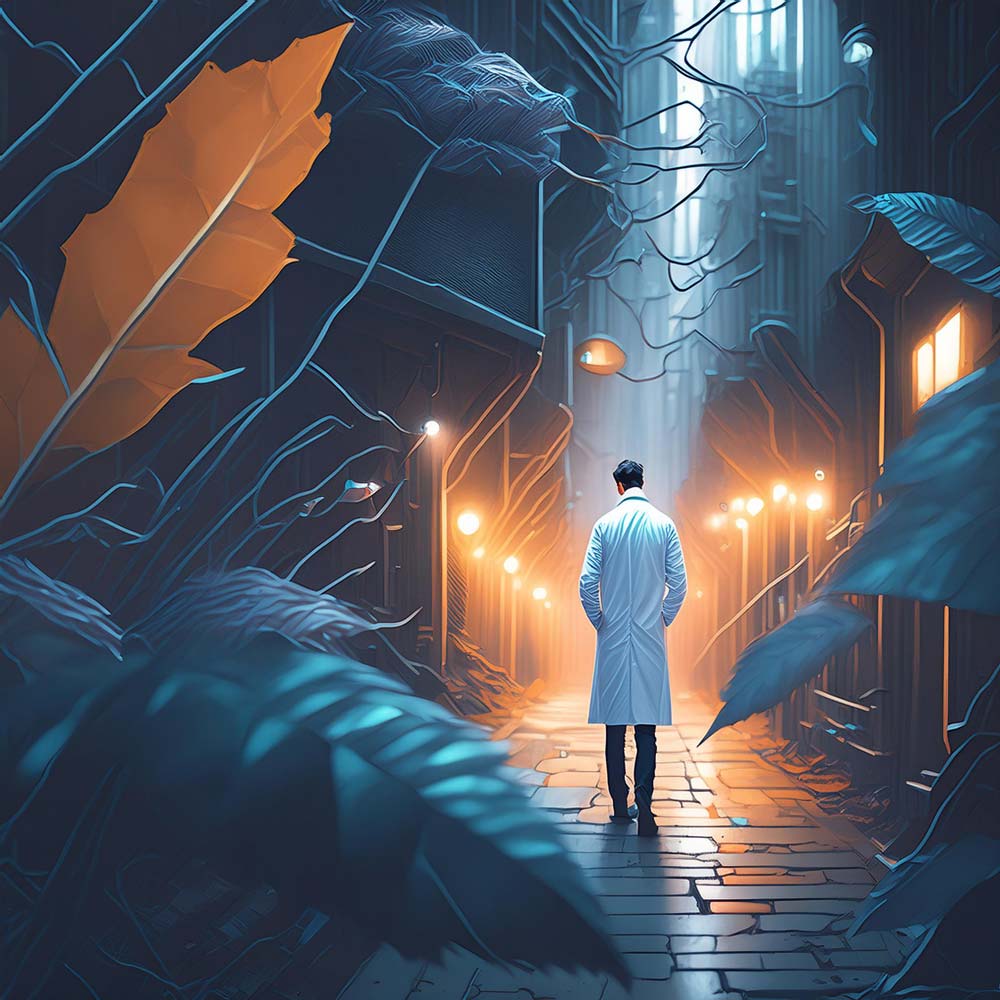In the annals of true crime, few cases have captivated the public imagination like the Zodiac Killer. A phantom terrorizing the San Francisco Bay Area in the late 1960s and early 1970s, the Zodiac’s identity has remained one of the greatest unsolved mysteries in criminal history. Amidst the myriad theories and investigations, one man stepped forward with a shocking claim – his own father was the notorious Zodiac Killer. This revelation is at the heart of “The Most Dangerous Animal of All,” a book co-authored by Gary L. Stewart and Susan Mustafa.
Published in 2014, the book offers a unique perspective on the Zodiac Killer saga. It intertwines Gary Stewart’s personal journey of discovery with a detailed examination of the evidence he believes links his father, Earl Van Best Jr., to the infamous unsolved crimes.
The narrative begins with Stewart’s search for his biological parents, leading him to uncover unsettling details about his father’s troubled past. As he delves deeper into Earl Van Best Jr.’s life, Stewart becomes convinced that the man who sired him was also the elusive Zodiac Killer.
The Zodiac Killer, known for a series of taunting letters sent to newspapers, cryptic ciphers, and a string of unsolved murders, created an atmosphere of fear and uncertainty in the late 1960s. The killer’s ability to elude law enforcement and leave baffling clues added an extra layer of intrigue to an already chilling tale.
Stewart’s investigation into his father’s past uncovered potential connections between Earl Van Best Jr. and the Zodiac’s crimes. The book suggests that Earl’s fingerprints match those found at crime scenes, and it delves into the timeline of his life, presenting circumstantial evidence that aligns with the Zodiac’s activities.
Critics, however, have questioned the validity of Stewart’s claims. Skeptics argue that the evidence presented in the book is circumstantial at best and does not definitively link Earl Van Best Jr. to the Zodiac Killer. They emphasize the lack of concrete proof and raise concerns about the reliability of familial relationships as a basis for criminal accusations.
One of the book’s central pieces of evidence is the alleged fingerprint match. Stewart asserts that his father’s fingerprints match those found on a letter sent by the Zodiac to the San Francisco Chronicle. However, fingerprint analysis is a complex and subjective field, and discrepancies in methodology and interpretation can lead to differing conclusions.
Additionally, critics highlight the difficulty in definitively linking anyone to the Zodiac crimes due to the lack of forensic evidence at the original crime scenes. The Zodiac Killer meticulously planned his attacks, leaving minimal traceable evidence and complicating efforts to solve the case.
Despite the controversy surrounding Stewart’s claims, “The Most Dangerous Animal of All” offers readers a fascinating exploration of the personal toll that grappling with such a revelation can take. Stewart’s narrative is not just about solving a true crime mystery but also about coming to terms with a traumatic family history.
The book also reignites public interest in the Zodiac case, prompting renewed discussions and debates among amateur sleuths, true crime enthusiasts, and skeptics alike. The enduring allure of the Zodiac Killer mystery lies not only in the unsolved nature of the crimes but also in the enigmatic persona created by the killer through taunting letters and cryptic ciphers.
The identity of the Zodiac Killer remains officially unknown. Despite the numerous suspects, theories, and investigations, the case continues to elude resolution. “The Most Dangerous Animal of All” adds a unique and personal perspective to the ongoing quest to unmask one of the most infamous figures in criminal history. Whether one accepts or questions Stewart’s claims, the book undeniably adds another layer to the mystique of the Zodiac Killer, ensuring that the enigma endures in the collective consciousness of true crime aficionados.



